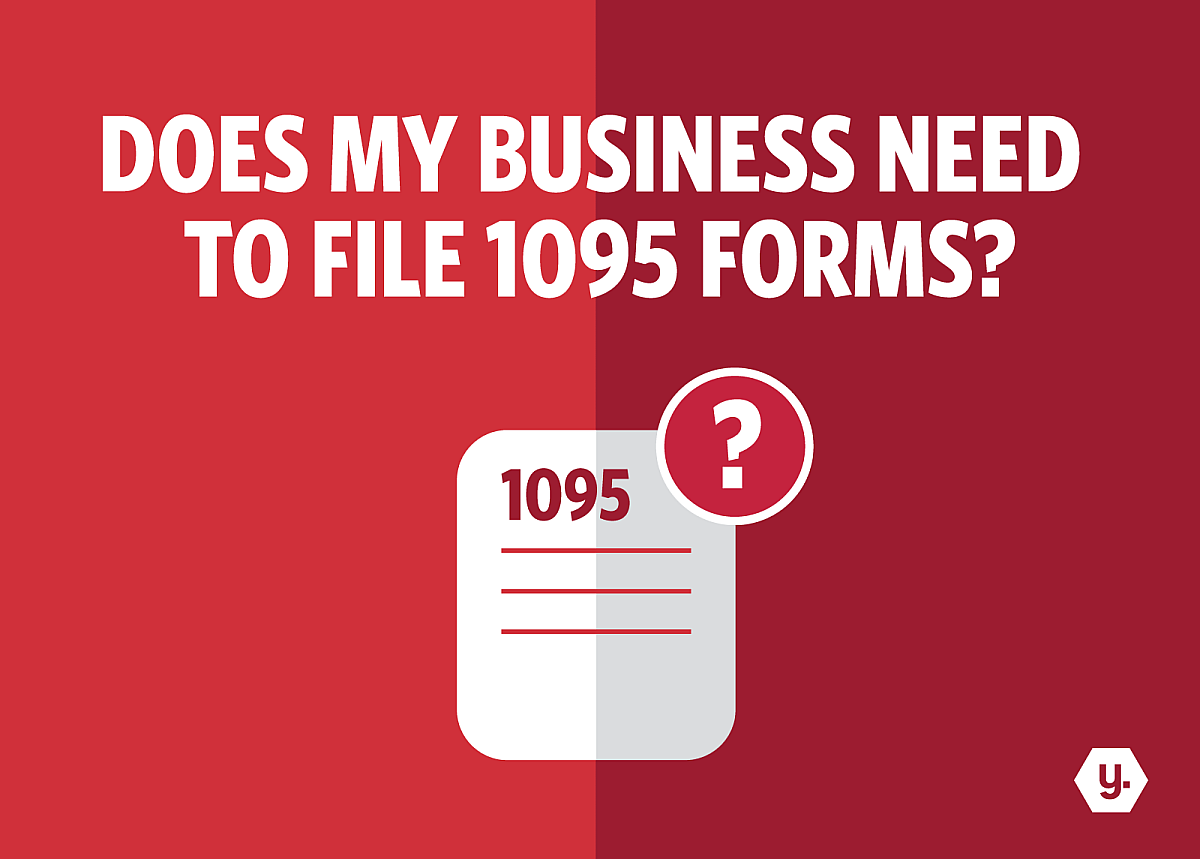
Three Keys to Ensuring Compliance with the New E-Filing Threshold
Big changes to the e-filing of tax and information returns are fast approaching as new regulations are set to take effect at the start of 2024. Are you ready?
This is question that a significant number of businesses must consider in order to ensure compliance with new IRS regulations that significantly expand the mandatory e-filing of tax and information returns. The new regulations requires almost all returns, filed on or after Jan. 1, 2024, to be sent to the IRS electronically versus paper.
The changes are in line with a provision of the Taxpayer First Act (TFA) of 2019, which required the IRS to modernize its technology, improve taxpayer service, and enhance its cybersecurity to reduce identity theft.
Under TFA, the IRS gained authority to issue regulations to lower the e-file threshold and it encouraged the IRS to require more businesses to e-file their information returns.
That time has come. The new regulations, issued in February 2023, are expected to reduce costs, improve efficiencies, and expand the bandwidth of IRS staff so they can focus on other tasks and better serve taxpayers.
In fact, based on taxable year 2020 data, the IRS expects the lower e-file threshold to result in roughly 21 million fewer paper information returns.
There are several components to the new regulations, which impact filers of partnership returns, corporate income tax returns, unrelated business income tax returns, withholding tax returns, certain information returns, registration statements, disclosure statements, notifications, actuarial reports and certain excise tax returns.
As outlined by the IRS, the final regulations:
- Significantly drop the e-file threshold from 250 to 10 or more returns in a calendar year. The final regulations also create several new regulations to require e-filing of certain returns and other documents not previously required to be e-filed;
- Eliminate the non-aggregation rule. This means filers must aggregate almost all information return types covered by the regulation to determine whether they meet the 10-return threshold and are required to e-file their information returns;
- Eliminate the e-filing exception for income tax returns of corporations that report total assets under $10 million at the end of their taxable year; and
- Require partnerships with more than 100 partners to e-file information returns, and they require partnerships required to file at least 10 returns of any type during the calendar year to e-file their partnership return.
The fast-approaching changes will impact a lot of federal filers and failure to comply can prove costly. In order to ensure compliance, there are three key factors to consider. Let’s take a closer look.
#1: Embrace the Cloud
In today’s environment, businesses must be able to effectively pivot and comply with evolving rules and regulations. This means shifting away from the limitations of legacy desktop solutions in favor of the cloud.
Leveraging cloud-based solutions provides the easy access to real-time data, software updates, and the scaleability that organizations need to keep pace with changes, such as the new e-file mandate.
Cloud usage is no doubt on the rise among organizations; however, those businesses that fail to embrace change and underestimate the benefits of the cloud risk losing their competitive edge and falling out of compliance.
This means modernizing your tech stack and including a comprehensive online 1099 and W-2 reporting platform that supports e-filing for federal filing through the three systems for which businesses would need to be prepared to file returns.
#2: Know the Aggregation Rules
As noted earlier, the final regulations eliminate the non-aggregation rule. In order to determine if a filer meets the 10-return threshold, they need to aggregate almost all information return types covered by the regulation. However, determining exactly how to count those 10 forms has resulted in some confusion.
Previously, the filer would apply the 250-return threshold separately to each type of information return covered by the regulations.
For example, in the past, if a filer had 125 1099-INT forms and 275 1099-NEC forms to file, then the filer would be required to e-file only the 1099-NEC forms since the quantity of forms exceeded 250. The 1099-INT forms did not need to be filed electronically since that number fell below the 250 threshold.
This has now changed. As explained by BDO in a blog post, “The aggregation rules are confusing because the filings included in the count change depending on which form the determination is made. Also, some filers must be aggregated with all entities within its controlled or affiliated service group to determine if 10 or more returns are being filed for the tax year. For instance, Form 5500 employee benefit plan filers (but not Form 8955-SSA employee benefit plan filers) must count the filings of the employer who is the “plan sponsor” and other entities in the employer’s controlled and affiliated service group.”
To further explain, BDO provided the following example:
“Company B is required to file nine Forms W-2 and one Form 8955-SSA. Company B is not required to file the Forms W-2 electronically because the aggregation rules for “specified information returns” take into account only other specified information returns that do not include Form 8955-SSA nor the income tax return. But Company B must file the Form 8955-SSA electronically because the aggregation rules for Form 8955-SSA takes all returns into account.”
#3: Be Prepared
The time to act is now. To be prepared and ideally positioned for the change, it is critical that businesses take steps today to ensure they have the right systems and procedures in place.
Underscoring this point, BDO stated, “Affected employers may need significant lead time to implement new software, policies and procedures to comply with the new rules. Thus, even though electronic filing is not required until 2024 for the 2023 tax year, employers should evaluate what changes may be needed. Simply doing the ‘same as last year’ will not work for many employers.”
Preparation also involves working with a vendor that can effectively meet all of their information reporting needs given the complexities and ever-changing landscape of rules and regulations.
Conclusion
The deadline for compliance is swiftly drawing near. Those filers who leverage the cloud, have a clear understanding of the aggregation rules, and have the right systems and procedures in place are best positioned for the change.
Fortunately, businesses don’t have to act alone. Yearli.com by Greatland is a comprehensive online 1099 and W-2 reporting platform that supports e-filing not only for federal filing through the three systems for which businesses would need to be prepared to file returns, but it also handles state filing.
Furthermore, Yearli.com has a year-around compliance staff that remains in close contact with federal and state agencies to help ensure compliance at both the federal and state levels. And its offers three service options so businesses can easily find a solution that best fits their budget and needs.
Latest News
-
 November 25, 2025
November 25, 2025New Alternative Furnishing Method for Forms 1095-B and 1095-C Comes with Complexities
The IRS has updated the Affordable Care Act (ACA) reporting process for Forms 1095-B and 1095-C. These changes aim to reduce administrative costs and simplify reporting, but they also create new compliance challenges for employers and health insurance providers.Read More -
 October 8, 2025
October 8, 2025Your Business Guide to 1099 Filing in 2025: Deadlines and Compliance Tips with Yearli
Businesses must prepare for 2025 IRS 1099 filing by understanding key deadlines for Forms 1099-NEC and 1099-MISC and leveraging e-filing tools like Yearli to stay compliant. This guide outlines important dates, recent IRS updates, and practical tips to avoid penalties and streamline the filing process.Read More -
December 30, 2024
Understanding Form 1099-DA: A Comprehensive Guide to Filing for Digital Asset Transactions
As the use of digital assets like cryptocurrencies and non-fungible tokens (NFTs) continues to grow, so does the need for clear tax reporting guidelines. To address this, the IRS has introduced Form 1099-DA, which will be required starting in 2025.Read More
